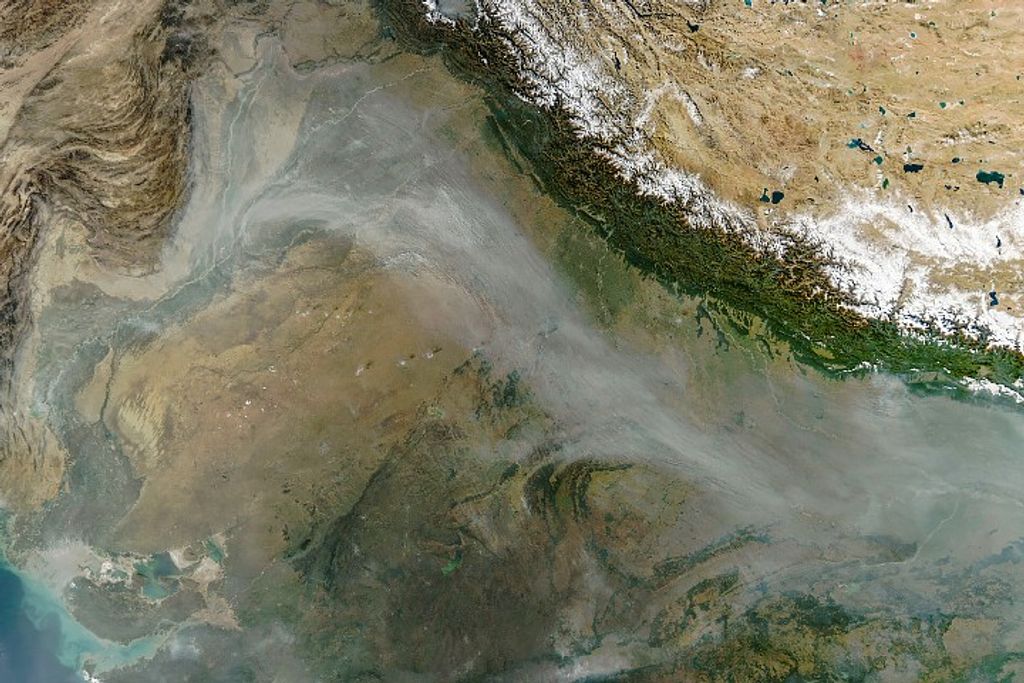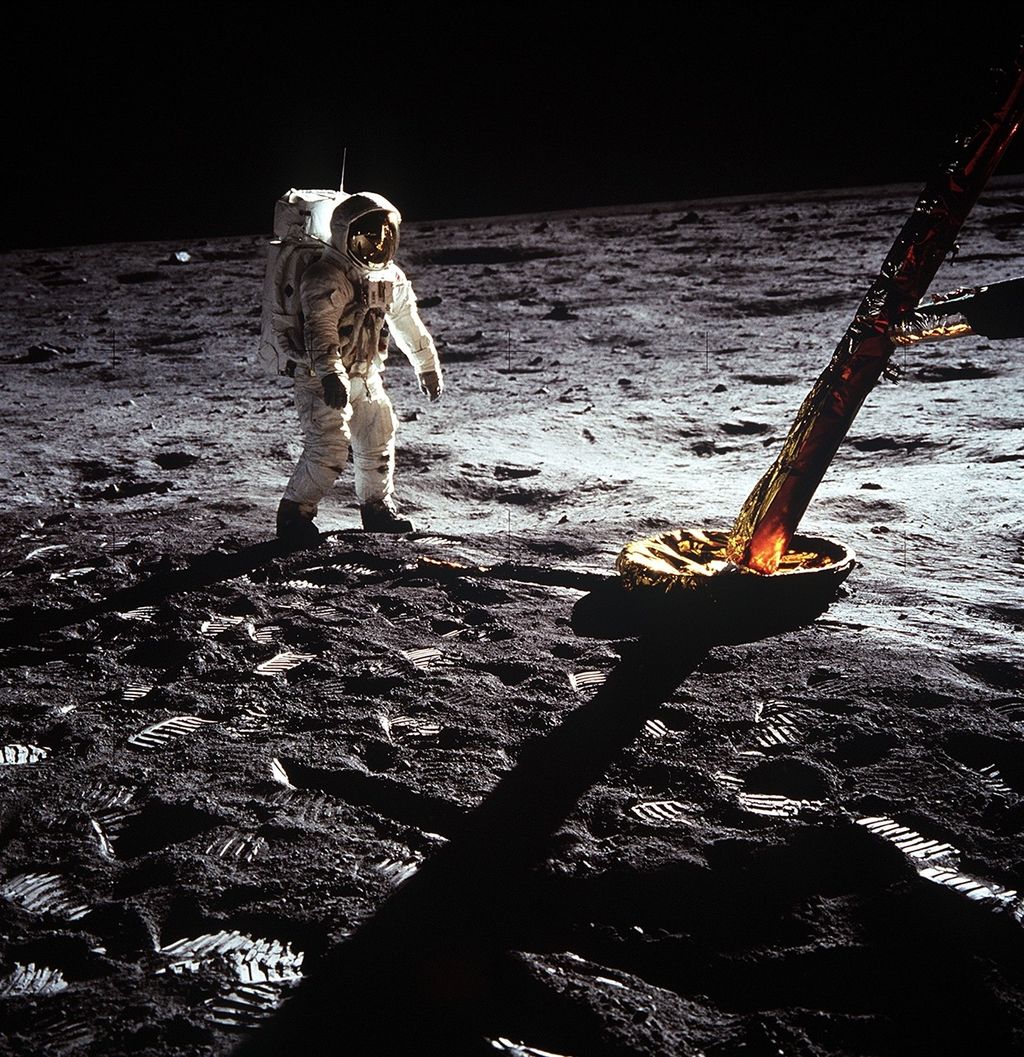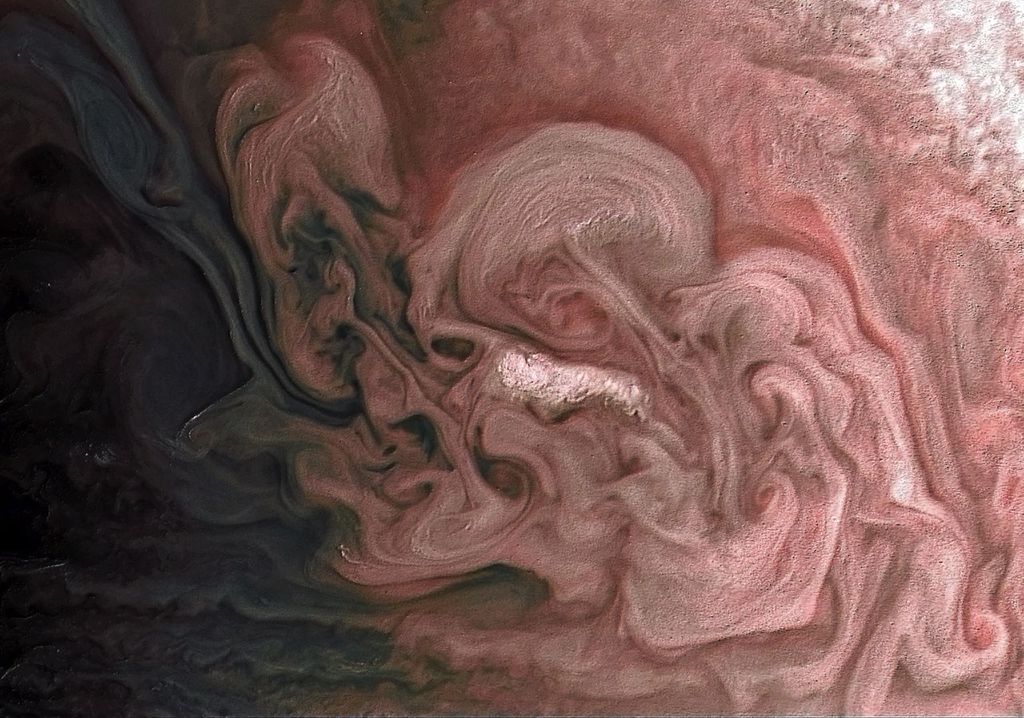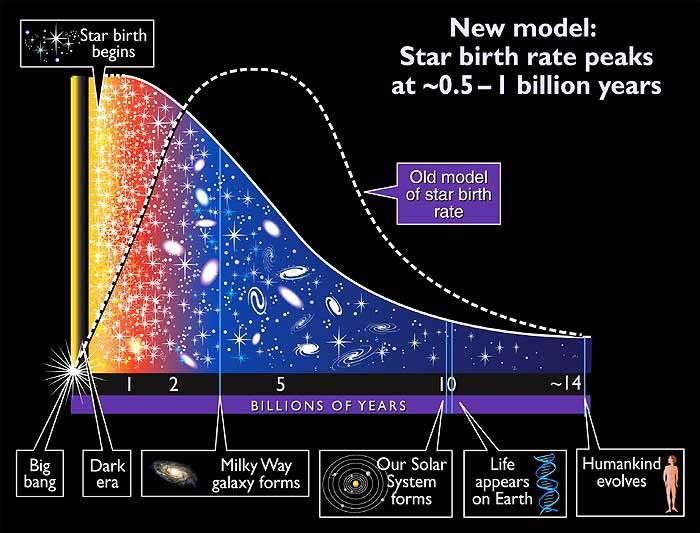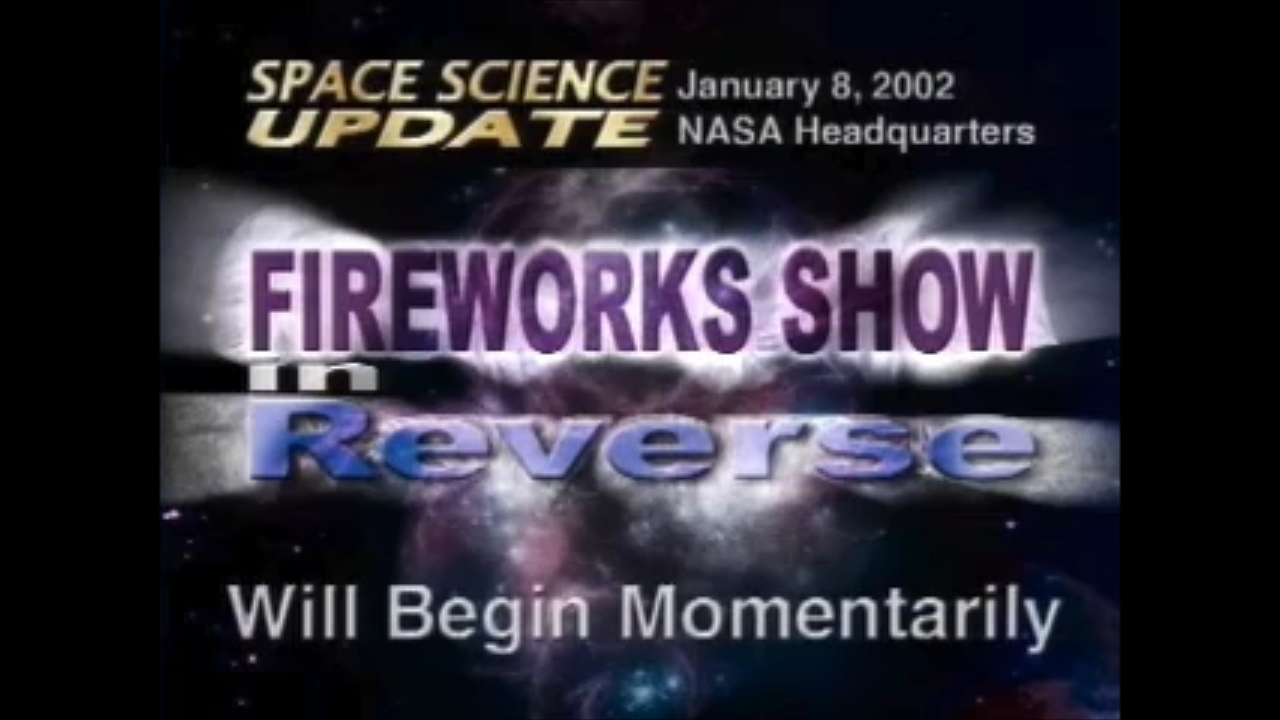1 min read
Stellar ‘Fireworks Finale’ Came First in the Young Universe

About the Data
- Data DescriptionData DescriptionProposal: A description of the observations, their scientific justification, and the links to the data available in the science archive.
Science Team: The astronomers who planned the observations and analyzed the data. "PI" refers to the Principal Investigator.Technical facts about the news release associated with this image: Principal Astronomers: K. Lanzetta (SUNY Stony Brook), H.-W. Chen (Carnigie Observatories), A. Fernandez-Soto (Osservatorio Astronomico di Brera, Italy), S. Pascarelle and N. Yahata (SUNY Stony Brook) About the Hubble Deep Field (HDF) R.A.: 12h 36m 49.5s Dec.: +62° 12' 58.0" Constellation: Ursa Major Exposure Dates: December 1995 to present Filters: F110W, F160W, F222M, F300W, F450W, F606W, F814W About the Hubble Deep Field South (HDF-S) R.A:. 22h 32m 56.0s Dec.: -60° 33' 00.0" Constellation: Tucana Exposure Dates: December 1995 to present Filters: F110W, F160W, F222M, F300W, F450W, F606W, F814W
- Object NameObject NameA name or catalog number that astronomers use to identify an astronomical object.Early Universe
- Object DescriptionObject DescriptionThe type of astronomical object.Star Formation, Early Universe
- Release DateJanuary 8, 2002
- Science ReleaseStellar ‘Fireworks Finale’ Came First in the Young Universe
- CreditPainting Credit: Adolf Schaller for STScI
Related Images & Videos
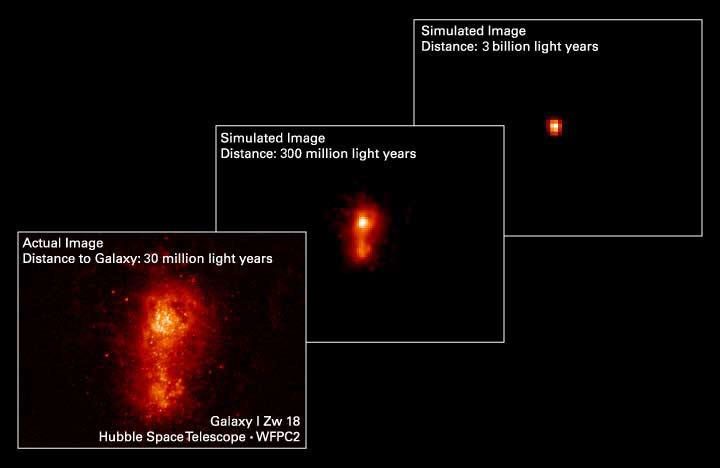
Going, Going, Almost Gone
These three pictures illustrate how a nearby irregular galaxy brimming with star birth would appear at successively greater distances from Earth. The picture at lower left shows the galaxy, I Zw 18, as it actually appears in a snapshot taken by the Hubble telescope's Wide Field...
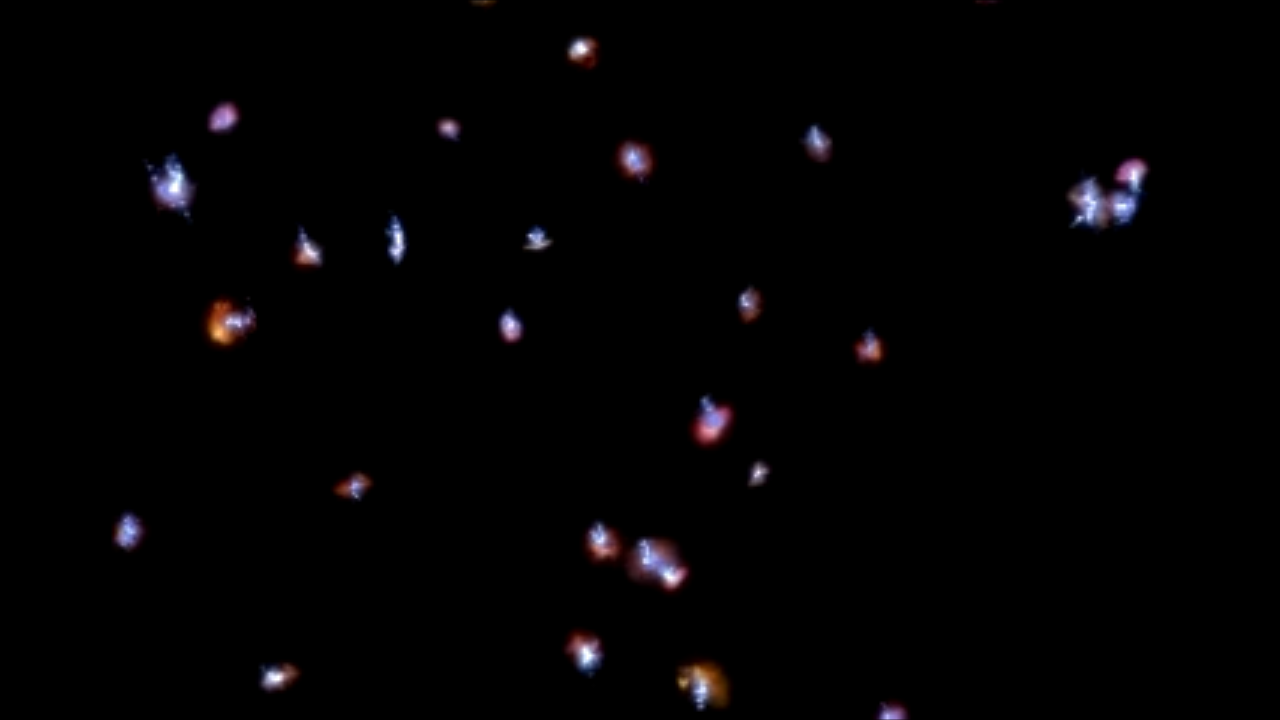
Rapid Star Formation in the Early Universe
This artist's concept of star formation in the early universe shows a field of dazzling proto-galaxies brightening as white-hot knots of stars are born within them. According to recent results from NASA's Hubble Space Telescope, the earliest stars may have formed in a torrential...
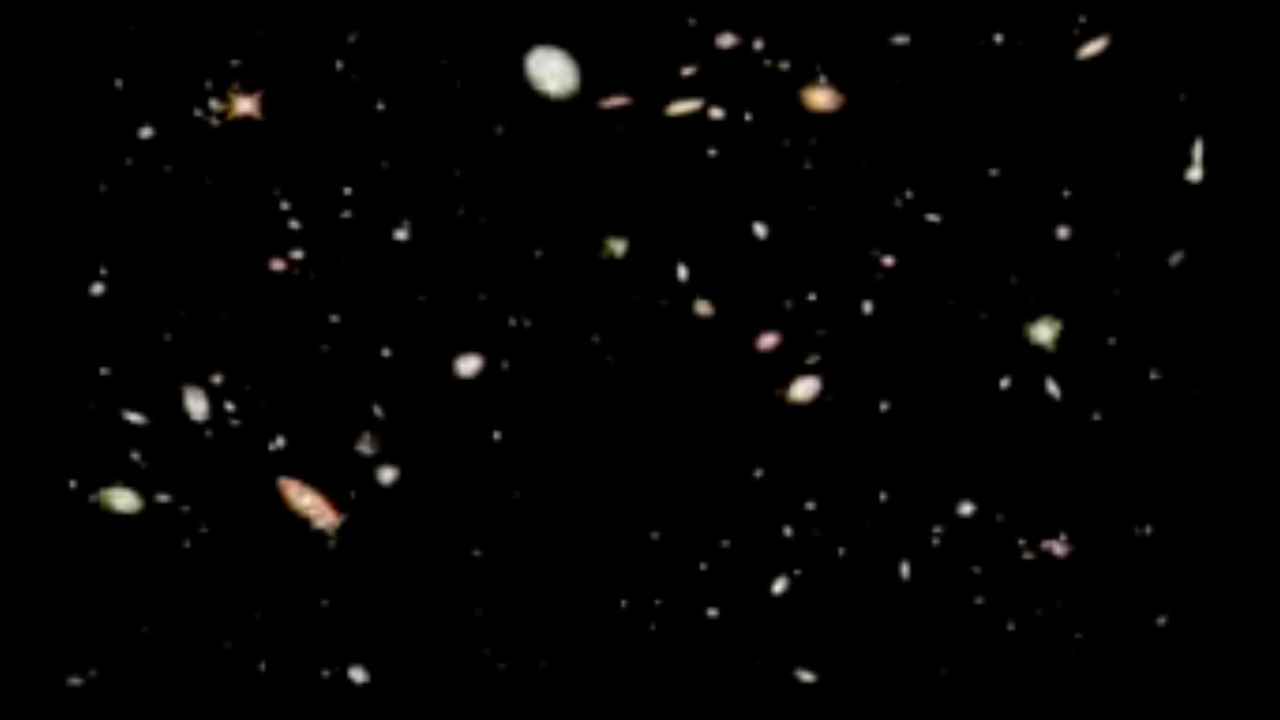
Flying Through the Hubble Deep Field
This animation takes us on a journey through one of the Hubble Space Telescope's most remarkable images. Taken in late 1995, the Hubble Deep Field gave astronomers a glimpse down a narrow corridor from the present universe to the edge of Hubble's sensory range in the early...
Share
Details
Claire Andreoli
NASA’s Goddard Space Flight Center
Greenbelt, Maryland
claire.andreoli@nasa.gov









